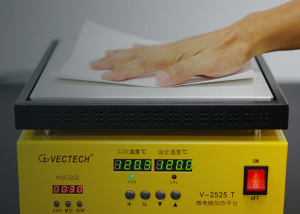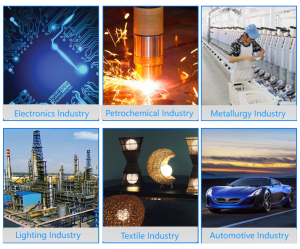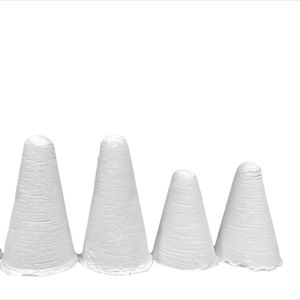Professional industry ceramic supplier, silicon nitride, silicon carbide, aluminum nitride and any other kinds of ceramics.
1. Introduction
Just 24 hours ago, a breakthrough at Oak Ridge National Laboratory made headlines: researchers successfully used a custom silicon carbide crucible to process next-generation nuclear fuel pellets at temperatures exceeding 2,000°C—without contamination. This underscores a growing trend: high-performance industries are turning to silicon carbide crucibles not just for durability, but for purity-critical processes where even trace impurities can derail results.

Silicon carbide crucibles aren’t your average labware. Made from advanced ceramic materials, they boast exceptional thermal shock resistance, high thermal conductivity, and near-inert behavior against molten metals and aggressive chemicals. But beyond traditional foundry use, these crucibles are enabling innovation in some of the most niche and demanding sectors today.
2. Aerospace Alloy Sintering
In aerospace manufacturing, superalloys like Inconel and titanium aluminides must be sintered under ultra-high temperatures in controlled atmospheres. Standard alumina (Al2O3) or zirconia crucibles often react with these alloys or degrade too quickly.
Silicon carbide crucibles, however, maintain structural integrity up to 1,650°C in inert or vacuum environments. Their low thermal expansion prevents cracking during rapid heating cycles—critical for producing turbine blades and jet engine components with zero defects.
3. Semiconductor Crystal Growth
The production of silicon carbide (SiC) wafers for electric vehicle power electronics relies on the physical vapor transport (PVT) method. Here, raw SiC powder is sublimated in a sealed graphite chamber—but impurities from the container can ruin crystal quality.
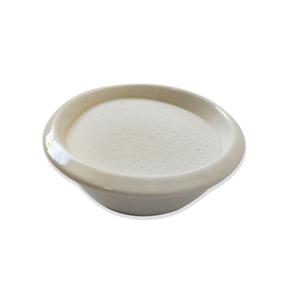
Enter high-purity silicon carbide crucibles. Unlike boron carbide vs silicon carbide debates in armor applications, SiC crucibles here offer unmatched compatibility. They don’t introduce dopants or particulates, ensuring the resulting SiC crystals meet semiconductor-grade standards.
4. Nuclear Fuel Pellet Fabrication
As seen in the recent Oak Ridge development, silicon carbide crucibles are ideal for handling uranium dioxide (UO2) and mixed oxide (MOX) fuels. These materials require sintering in reducing atmospheres at extreme temperatures.
Traditional zirconia crucibles can interact with uranium oxides, leading to oxygen exchange and fuel instability. Silicon carbide’s chemical inertness prevents this, while its strength supports repeated thermal cycling—essential for scalable, safe nuclear fuel production.
5. Advanced Ceramics R&D
Researchers developing next-gen ceramics—like silicon nitride ceramic components or aluminum nitride substrates—need containers that won’t contaminate delicate powder blends during sintering.
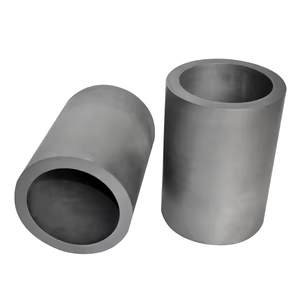
A silicon nitride crucible factory might seem like the obvious choice, but silicon nitride can decompose above 1,800°C in certain atmospheres. In contrast, silicon carbide crucibles remain stable and are often preferred for firing silicon nitride rings, custom silicon nitride heat shields, and even high purity silicon nitride powder market validation batches.
6. Specialty Glass and Optical Fiber Manufacturing
High-end optical fibers and laser glasses often contain rare-earth dopants like erbium or neodymium. Melting these compositions requires containers that won’t leach ions or cause devitrification.
Silicon carbide crucibles provide a clean melt environment. They’re increasingly replacing platinum-lined vessels in pilot-scale production due to lower cost and comparable performance—especially when paired with silicon carbide burner nozzles and silicon carbide ceramic tubes for consistent thermal profiles.
7. Why Not Other Materials?
You might wonder: why not use zirconia crucibles or alumina tubes? While zirconia offers high melting points, it’s prone to phase changes and can react with acidic slags. Alumina (aluminiumoxid keramik) is cheaper but lacks thermal shock resistance.
Boron carbide vs silicon carbide comparisons usually favor B4C in ballistic armor, but for crucibles, SiC wins on oxidation resistance and manufacturability. Plus, silicon carbide ceramic tiles, rbsic silicon carbide tile blocks, and silicon carbide brick all share the same base material advantages—making system integration seamless.
8. Conclusion
From powering EVs to enabling safer nuclear energy, silicon carbide crucibles are quietly revolutionizing high-stakes industrial processes. Their role goes far beyond simple containment—they’re enablers of purity, precision, and performance in fields where failure isn’t an option. As demand grows for advanced ceramic materials like silicon nitride plates and custom alumina ceramics, expect silicon carbide crucibles to remain at the heart of innovation.
Our Website founded on October 17, 2012, is a high-tech enterprise committed to the research and development, production, processing, sales and technical services of ceramic relative materials such as 5. Our products includes but not limited to Boron Carbide Ceramic Products, Boron Nitride Ceramic Products, Silicon Carbide Ceramic Products, Silicon Nitride Ceramic Products, Zirconium Dioxide Ceramic Products, etc. If you are interested, please feel free to contact us.

